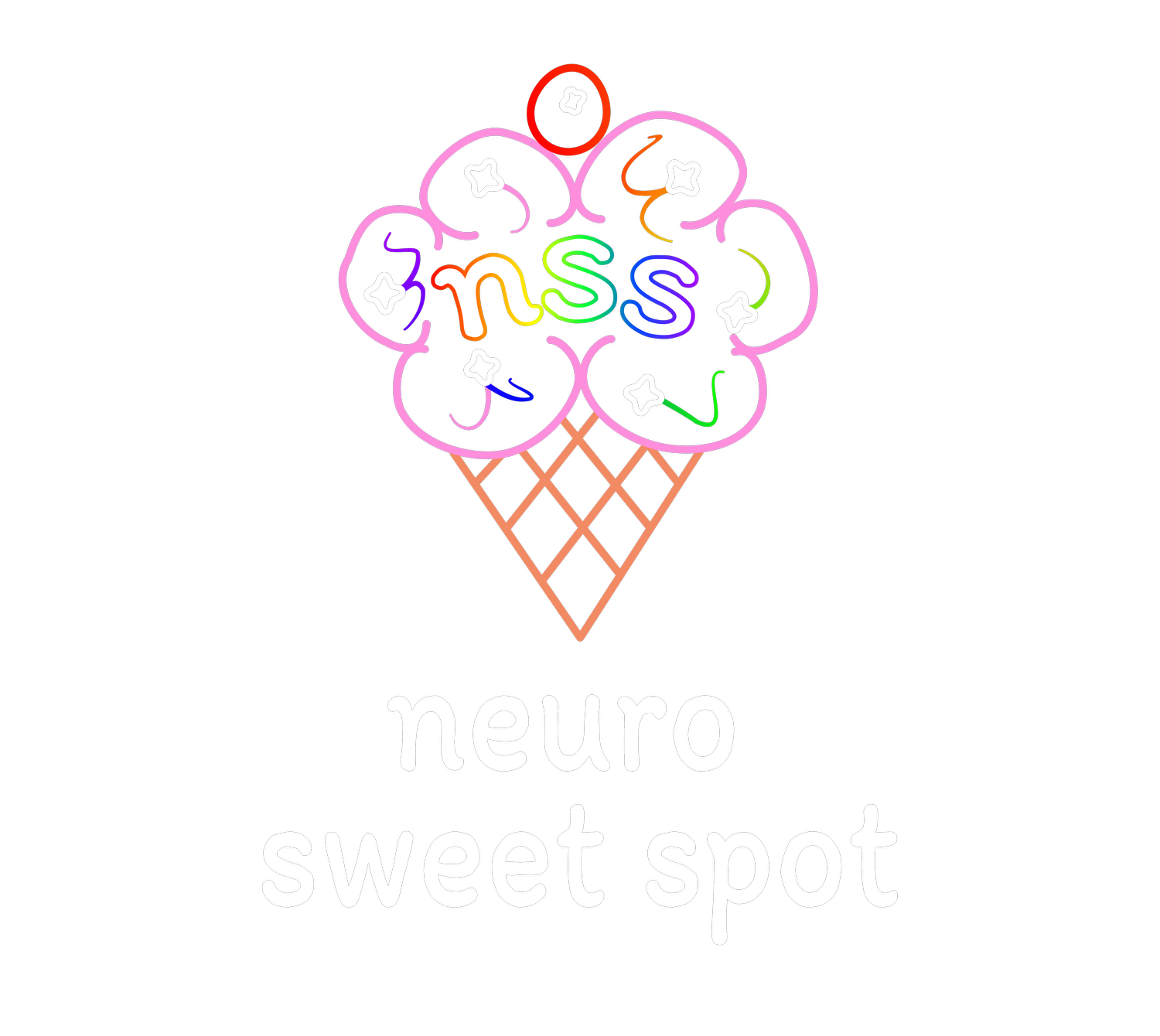
Neuro Spicy Masters
Resources, Insights, and Tips
Neuroplasticity: Use It or Lose It—And Yes, Train It
(How Strengthening Your Brain Works Just Like Strengthening Your Muscles)
Neuroplasticity: The Brain’s Built-In Upgrade System
Your brain isn’t a static machine—it’s adaptive, flexible, and constantly rewiring itself. This ability to change and grow is called neuroplasticity, and it’s the foundation of learning, memory, and even emotional resilience.
🧠 Think of your brain like a muscle.
The more you challenge it, the stronger and more efficient it becomes. The less you use it, the weaker and more sluggish it gets.
Neuroplasticity is the reason:
✅ You can learn new skills at any age
✅ You can rewire habits and thought patterns
✅ Your brain can literally grow new connections to make tasks easier over time
Wait, My Brain Can Actually Get Bigger?
Yes! When you learn something new, your brain creates and strengthens neural connections. The more connections you have, the easier it is to access and use that information.
This is similar to how muscle training works. When you get stronger, you’re not necessarily growing more muscle fibers—you’re improving your ability to send energy to more fibers efficiently.
Your brain works the same way. The more you activate certain pathways, the more “toned” and ready-to-go your brain becomes.
How to Practice Neuroplasticity (In Small, Fun Ways!)
The best part? You don’t need to overhaul your life to strengthen your brain. Small, playful challenges can work wonders.
1. Do Everyday Tasks Differently
🖐 Use your non-dominant hand for simple activities like brushing your teeth or stirring your coffee.
👣 Take a new route to work, even if it’s just walking a different way through your house.
🔄 Change the order of your routine—switch up when you get dressed, eat, or exercise.
Why? Doing things differently forces your brain to adapt. It shakes up automatic patterns and builds new neural pathways.
2. Engage More of Your Senses
Neuroplasticity thrives when multiple senses are engaged. Try:
🕯 Lighting a candle with a new scent before working.
🎵 Playing different background music while reading or studying.
🖐 Touching different textures while brainstorming or creating.
Why? More sensory input = stronger, more flexible connections.
3. Practice Taking Different Perspectives
🔄 Mentally swap roles in a conversation—how would you argue the opposite point?
📖 Read different genres or books by people with different lived experiences.
🎨 Draw an object from memory, then compare it to real life.
Why? Perspective-shifting strengthens your ability to think flexibly and creatively.
4. Try Shape Doodles (Low-Pressure, High-Fun Brain Training)
One of the easiest and most fun ways to strengthen neuroplasticity is shape doodling.
🌀 How it works:
1. Draw a random squiggle or shape on paper.
2. Turn it into something recognizable (an animal, object, character, etc.).
3. Repeat with new shapes!
Why? This activates multiple brain regions, encourages creativity, and improves pattern recognition. Plus, it’s zero-pressure and endlessly adaptable.
The Key Takeaways: Training Your Brain Like a Muscle
✔️ Your brain is constantly adapting—use it or lose it.
✔️ Neuroplasticity works just like strength training: more connections = more control and efficiency.
✔️ Small, fun challenges help strengthen and “tone” your brain.
✔️ Doing tasks differently, using more senses, shifting perspectives, and playing with doodles are all easy ways to practice.
Want to get smarter and literally make your brain bigger? Start small, have fun, and keep your brain moving. 🚀

